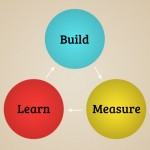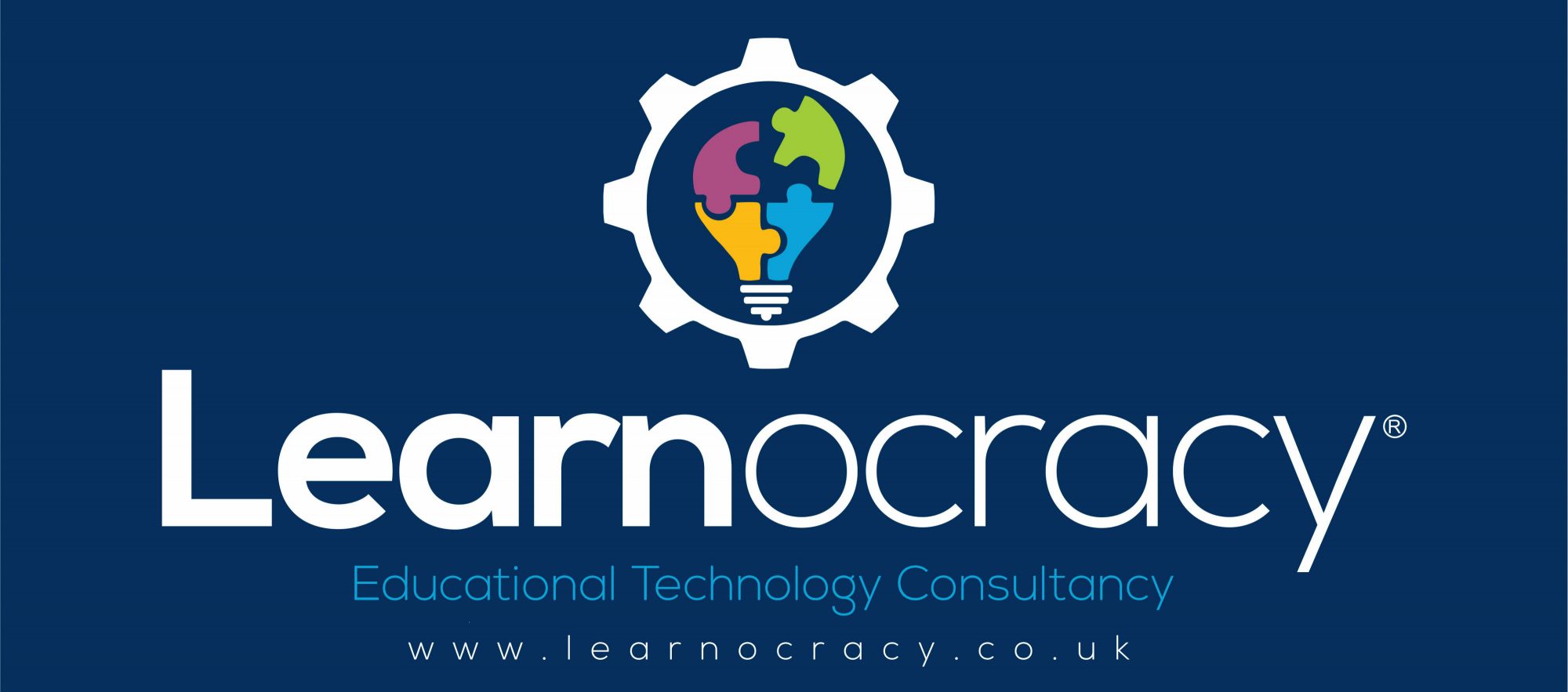This week I’m listening to The Lean Startup by Eric Ries. If you prefer visual consumption, check out Eric’s presentation to Google. If you like listening to books (like me), check out the Audible version. Whatever your preferred medium for consumption, and whether or not you’re interested in starting a business, I recommend that you engage with his thinking a little if you’re interested in learning in the context of change.
I should also state my personal interest. I’m currently a one third partner in a startup that’s sailing into uncharted waters (Airhead Education). We have a great idea (built around the concept of a cloud desktop for schools), great people (check out our technical guru, Jason Dixon’s blog) and, I think, the zeitgeist is in our favour. But we’re trying to bring a new technology paradigm to schools and that means change. We know about 10% of what we need to know to even build a meaningful business plan! There’s 90% (probably a lot more) to learn.
Eric begins his book by defining a startup as “a human institution designed to create a new product or service under conditions of extreme uncertainty.” This emphasis on ‘uncertainty’ is important. If I was to start a traditional grocery shop, I’d be walking a well-trodden path. There’s loads of explicit learning which I can access in order to understand how to make it successful. Most management theory is focused on this type of business where the idea and the customers are well understood. The keys to success are effective planning and efficient execution. But what if your idea is disruptive and visionary and you have no idea how your ideas and products will be received by customers, or even who your customers are? Traditional management theory falls down.
This is where Eric steps in. His thrust is that a new type of management theory is required under conditions of extreme uncertainty (sounds like Quantum Management Theory to me). He’s also keen to point out that, although this is the sea where entrepreneurs swim, it’s also vital for there to be a similar management theory for intrapreneurs (those who behave like entrepreneurs but in the context of a mature businesses). In fact, mature businesses are often very poor at innovating because the negative impact of failure is magnified. Even minor failures can reflect badly on the brand. Mature businesses are usually conservative for this reason.
I’m not going to provide a complete synopsis of Eric’s book but I wanted to pull out a couple of key points. In conditions of extreme uncertainty, one thing is for sure: you need to learn and fast. But is all learning equal? Most entrepreneurs fail a lot before they find success. You’ll hear them say things like, “Well, it was tough but I learned a lot.” What was it that they learned and was it worth learning? Perhaps at a personal level it was, but at the level of business, Eric argues that what would’ve been much more useful and timely to their venture was validated learning.
 Validated learning is achieved using the scientific method. That is to say, you build a minimum viable product (MVP) or even just a mock up, set yourself a hypothesis to test, and then get out there and start testing it with customers immediately. Don’t wait until you have a great product. Don’t guess who your customers are and what they need. Build it. Measure it. Learn from it. Refine it. Go back around the loop. But faster this time (time and money are running out, remember?).
Validated learning is achieved using the scientific method. That is to say, you build a minimum viable product (MVP) or even just a mock up, set yourself a hypothesis to test, and then get out there and start testing it with customers immediately. Don’t wait until you have a great product. Don’t guess who your customers are and what they need. Build it. Measure it. Learn from it. Refine it. Go back around the loop. But faster this time (time and money are running out, remember?).
The problem with most entrepreneurs is that they’re passionately attached to their vision and find it hard to pivot (pivot = a strategic change of direction with one foot firmly planted in validated learning). The problem with engineers and designers is that they’re perfectionists and feel that they will be judged by the quality of their output. A minimum viable product is a scary idea for them. The problem with investors is that while you have zero revenue and a great idea, you’re exciting. As soon as you make a penny in revenue, the questions start coming: why so little? The clock is ticking.
So as sensible as validated learning is, it’s quite a tough management philosophy for participants in the startup to embrace. There’s actually quite a lot of momentum in a startup. The potential for agility, yes, but the appetite for it? Not so much. You may have to accept a potential pivot (major strategic change) for each cycle of the process. You will certainly be constantly tuning (tactical change) based on new data. You will also be asking your customers to accept (and pay for) something less than perfect. But how else can you systematically and meaningfully evolve your product unless it’s by validated learning? OK, you may be lucky and come up with the perfect formula first time. Unlikely. More than likely the market is changing almost as fast as your product. It’s a race!
This management theory is particularly challenging for mature companies who are good at planning and execution but for whom innovation has become an aspiration rather than a reality. The idea of putting a MVP in the hands of their valued customers is very scary. The idea of pivoting every other day (read ‘acknowledge failure and learn from it’) is even more scary. But this is what learning looks like. Hard graft and lots of mistakes. Why would it be different for a big company than a startup?
Personally I think there are important lessons in here for organisational change as well as entrepreneurs and intrapreneurs. As was pointed out to me the other day, I talk a good game in terms of advocacy for educational change, but what about the ‘how’? The problem is, I think, that many education leaders (like entrepreneurs) become victims of a grand plan when in fact what they need is constant evolutionary change based on validated learning. I call this the paradox of incremental transformation. What is called for in schools is not one grand plan. In fact the grand plan creates an unhelpful momentum of its own. It is not about unleashing massive transformation but rather a constant series of micro-experiments to test hypotheses that form the granularity of the plan and could change the plan. The key is to become agile at validated learning. Perhaps it’s important to point out at this point that learners need to be participants in their learning. This is the reason why change imposed from above (or externally) is often met with resistance.
To achieve evolutionary growth as an organisation, leaders need to build a culture of support for experimentation, failure, and in particular, advocacy for measurement and reliance on data to validate results. They need to be willing to react to validated learning quickly and implement change when it is proven to make a difference, even if the results are contrary to their expectations or wishes. The cycle of build, measure and learn is every bit as important to a school as to a startup.
